The Archibald Prize, Australia’s most prestigious portraiture prize, has courted much controversy over its 100-year history.

As with any subjectively chosen prize, debate over the quality of the work submitted is understandable.
But the Archibald also has added complications given the requirement that the portrait be ‘preferentially of some man or woman distinguished in art, letters, science or politics, painted by any artist resident in Australasia.’
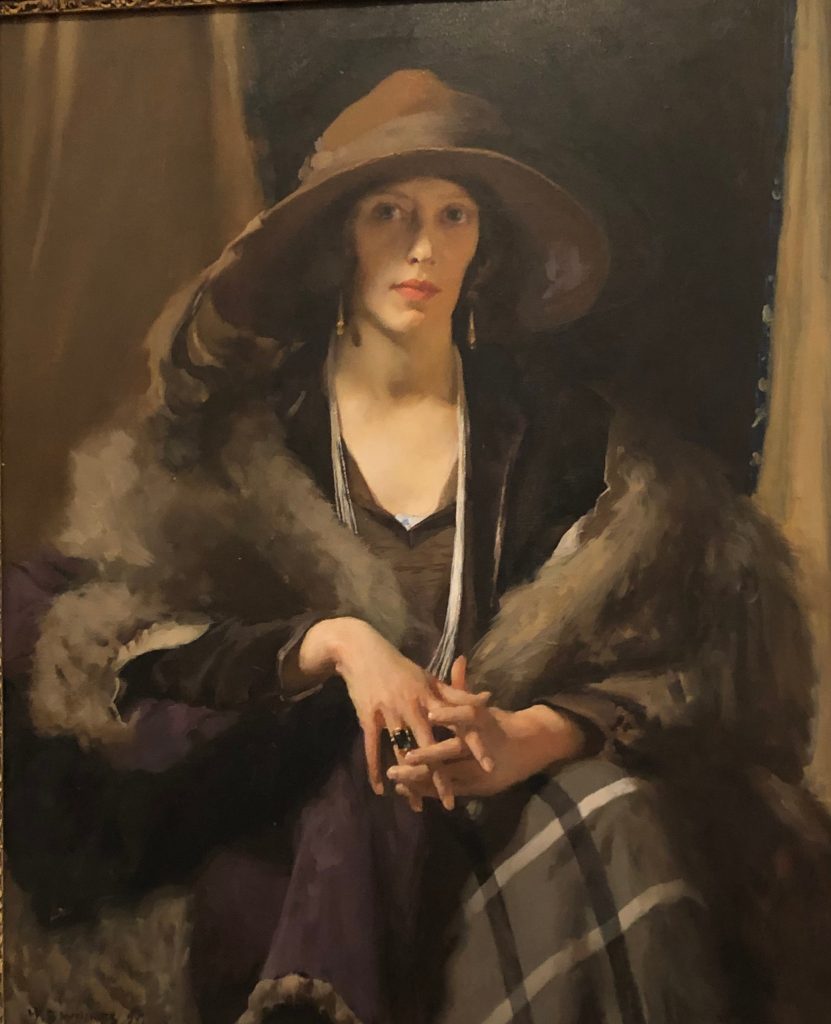
As the Art Gallery of New South Wales exhibition, Archie 100: A Century of the Archibald Prize, shows this criteria has created numerous controversies. These have included the artist’s eligibility to enter the award, the suitability of their entry and the actual painting process.
The exhibition is on display at The Geelong Gallery until February 20 before moving to various locations around Australia until 2024.
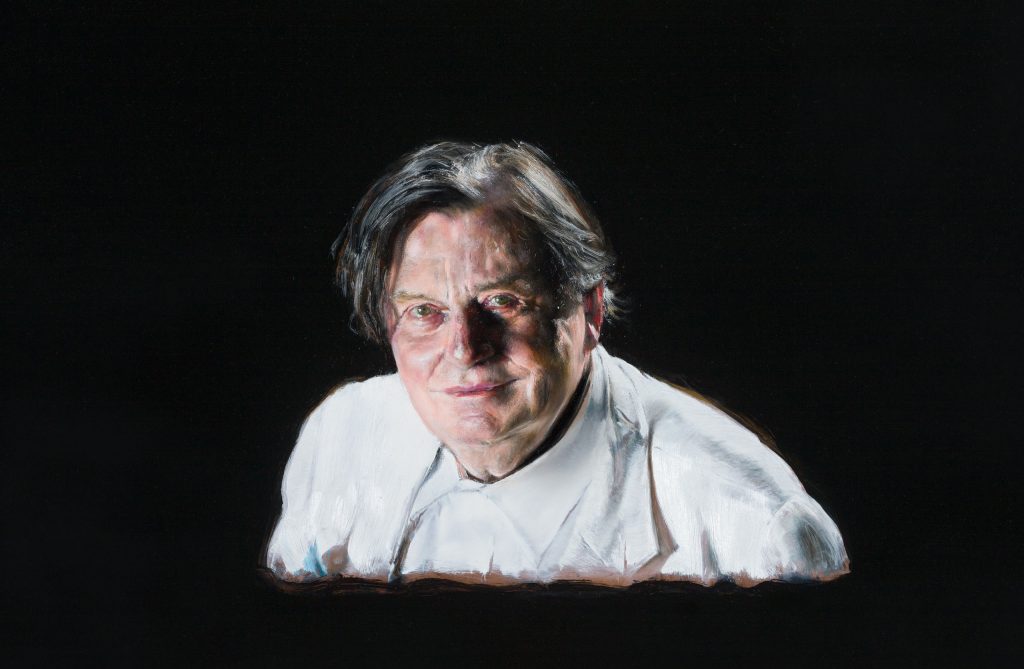
The works displayed are the result of an extensive search of the more than 6000 works which have been entered into the Archibald over the last 100 years. (The three part ABC documentary Finding the Archibald provides a fascinating insight into the search and the selection process).
As well as pointing to some of the controversies over the years, the exhibition illustrates how artistic styles and approaches to portraiture have changed over the years.
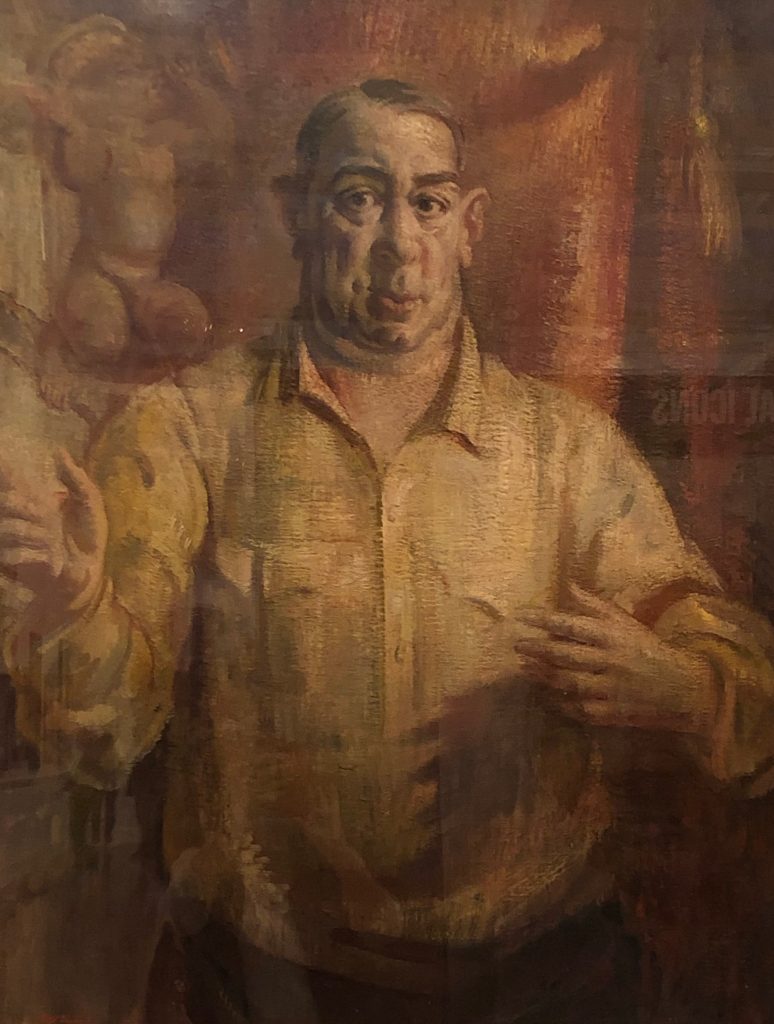
Reading the information provided with each painting also highlights a number of distinguished and/or interesting characters unknown to many younger Australians. For example, George Wallace who was painted by Arthur Murch in 1950, was Australia’s first genuine box-office star of ‘the talkies’ (sound film).
Wallace’s picture appears under the theme The Cult of Celebrity which also includes John Longstaff’s 1925 portrait of Russian actor Maurice Moscovitch, Louise Hearman’s 2016 portrait of Barry Humphries and Wes Walters’ 1983 portrait of Molly Meldrum.
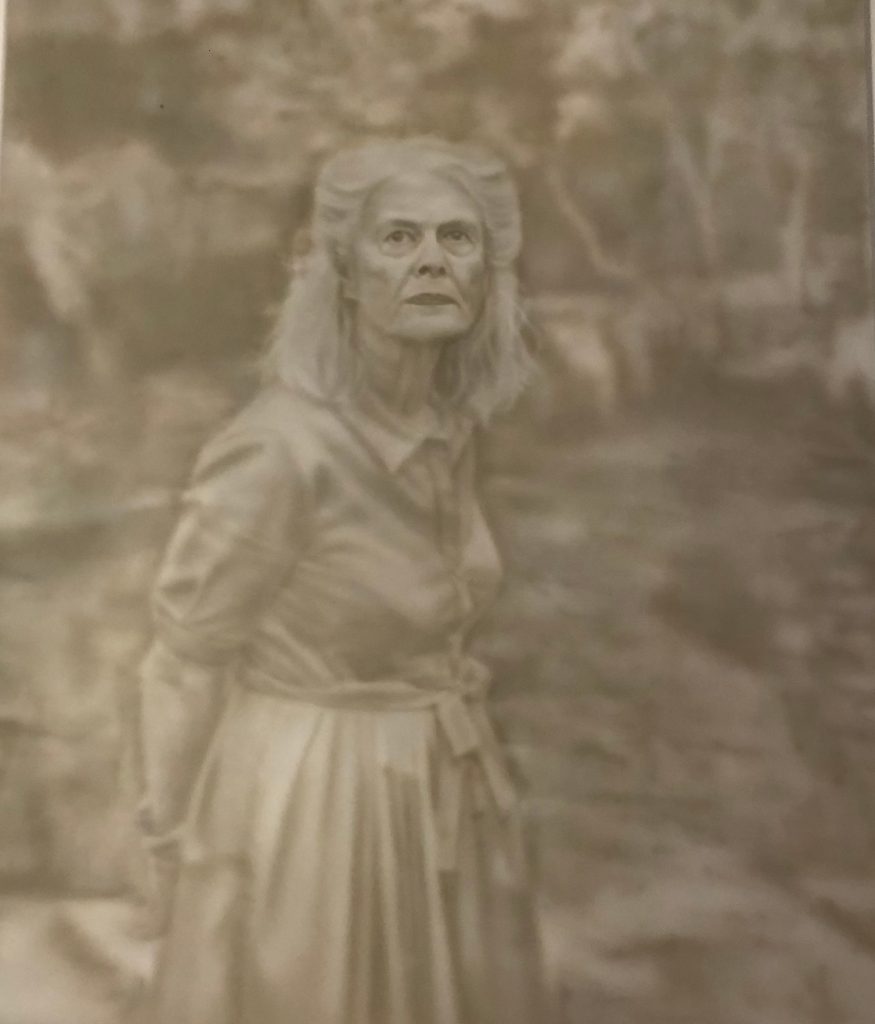
Other themes featured in the exhibition include Local Heroes and National Icons, Intimacy of Familiarity, What Lies Beneath, Recasting the Gaze, How it Began, Wielding the Brush, Artists by Artists, War and its Aftermath, the Art World and Courting Controversy.
Each of the themes provides interesting snippets of information. In Recasting the Gaze, for example, we learn that Nora Heysen became the first woman to win the Archibald Prize in 1938, with her portrait of Adine Michèle Elink Schuurman (nee Lambert), the French wife of the Dutch consul-general in Australia. Her victory drew the ire of Max Meldrum (the 1939 and 1940 Archibald winner), who told a journalist that the life of an artist was ‘unnatural and impossible for a woman’.
Although the Archibald has been awarded to just 10 women over the past century, female artists have figured prominently in the prize since 1921, representing one third of all Archibald artists.
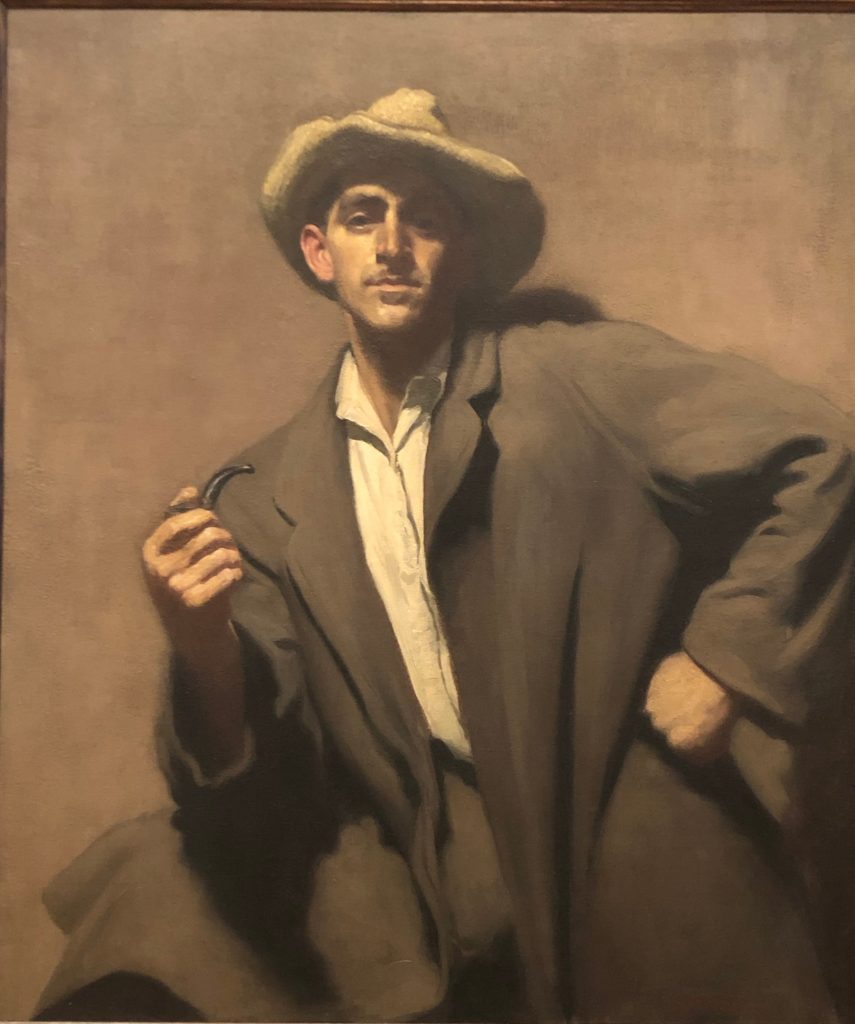
Wielding the Brush reveals that the most common subjects are the artists themselves with over 900 self-portraits entered over the last 100 years. Unknown artist Henry Hanke was the first to win the Archibald Prize with a self-portrait in 1934. Since then 13 self-portraits have won. Also popular are family members of the artists.
Then there are other artists. As we learn in Artists by Artists 34 portraits of artists have won the award from 1921 to 2021 including this year’s winner Peter Wegner’s portrait of Guy Warren at 100 (which isn’t included in this exhibition but is being shown as part of the travelling exhibition of this year’s Archibald finalists).

Local Heroes and National Icons includes William Dargie’s 1956 winning portrait of Albert Namatjira. Dargie was rewarded by Archibald judges eight times between 1941 and 1956 – a record unmatched in the prize’s history.
Courting Controversy shows the Archibald has always been controversial. Artists John Longstaff and George Lambert were deemed ineligible for the award in 1922, on the grounds of residency, with both artists maintaining London studios. Over the decades, works have been censured when the appropriateness of the sitter was questioned, in particular, the use of the term ‘distinguished’.
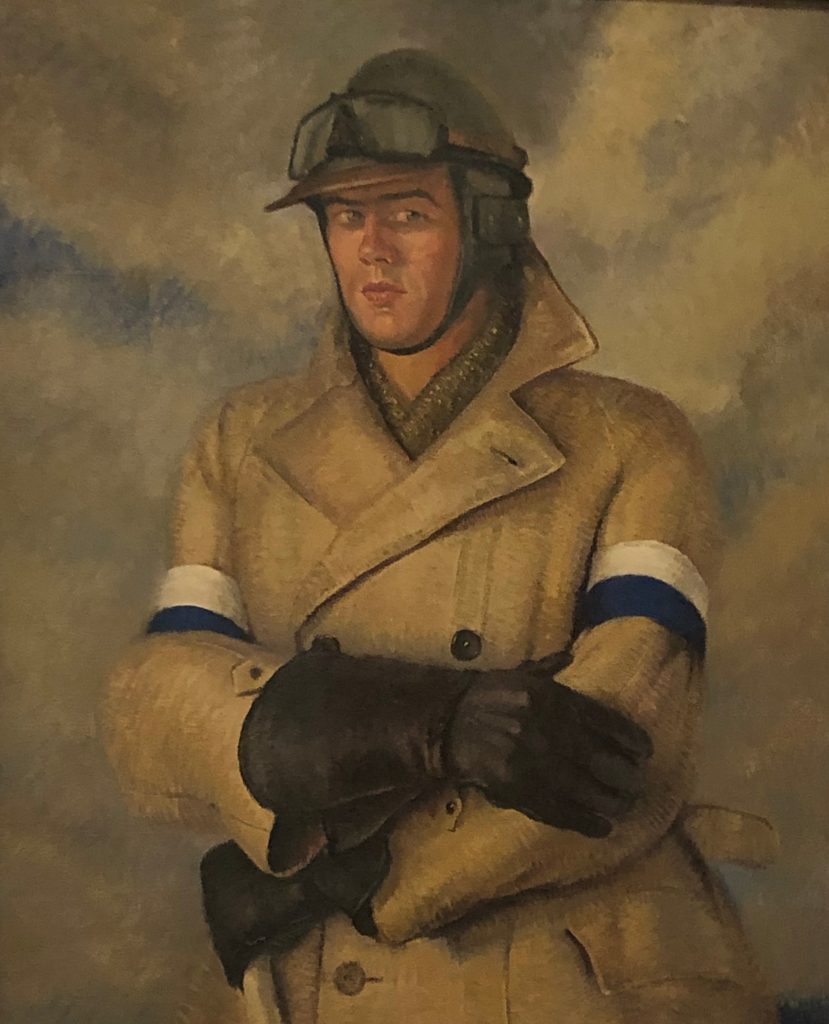
Learning about the history of the award and some of Australia’s most influential and interesting individuals together with seeing some great portraits ensures Archie 100: A Century of the Archibald Prize is a fascinating and most entertaining exhibition.
Archie 100: A Century of the Archibald Prize is on at the Geelong Gallery until February 20 2022. Tickets are available via the Gallery’s website. It then travels to the Cairns Art Gallery from March 18 to June 12, the Art Gallery of South Australia from July 9 to October 3, Queen Victoria Museum and Art Gallery, Launceston from October 22 to January 9 2023, Bathurst Regional Art Gallery from January 26 to March 26, Museum and Art Gallery of the Northern Territory April 15 to June 25, Home of the Arts, Gold Coast from July 15 to October 2 and the National Portrait Gallery, Canberra from October 21 to January 28 2024. Visit the Art Gallery of New South Wales for more information.
- exhibition, reviews
Subscribe My Newsletter
Unsubscribe at any time.




